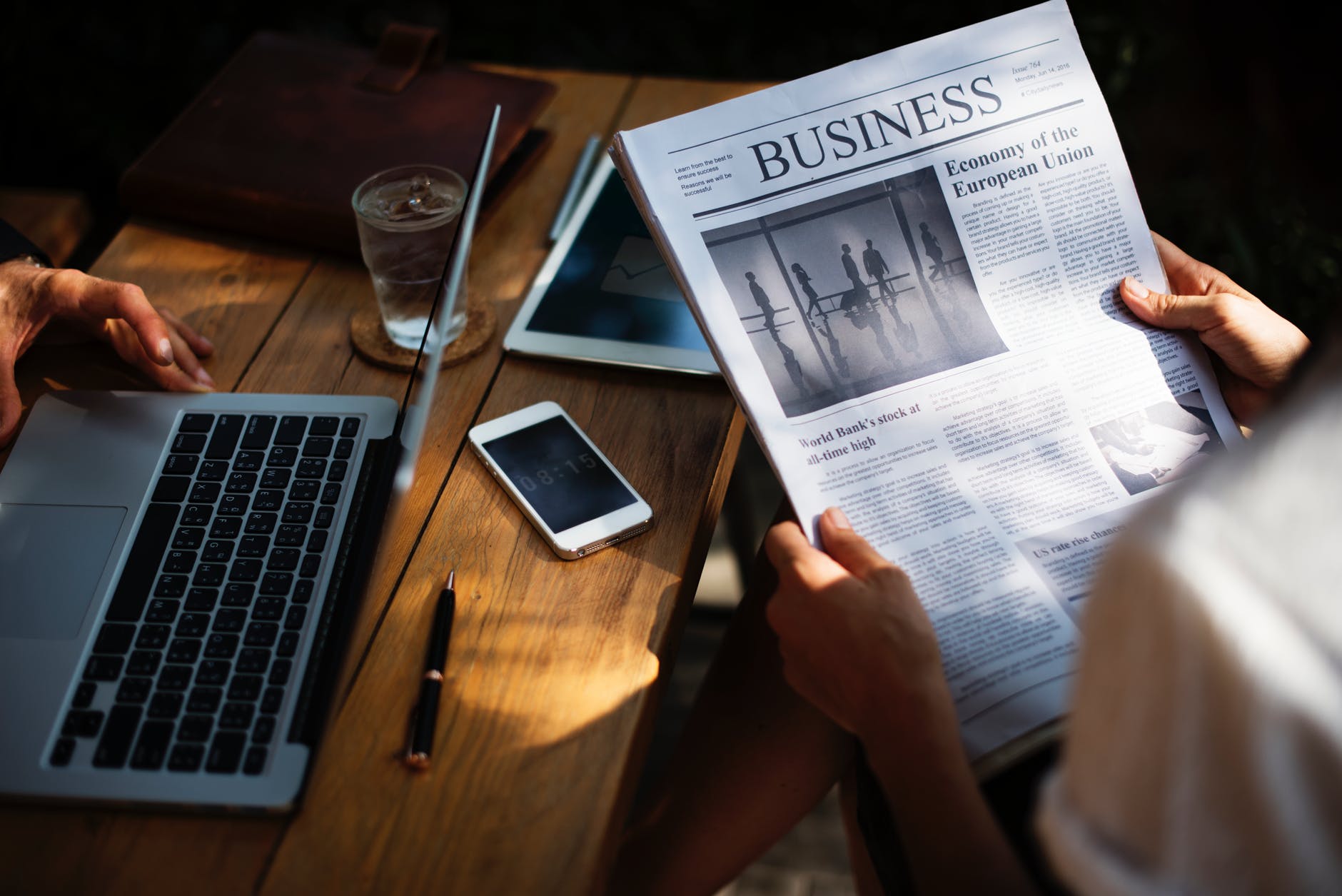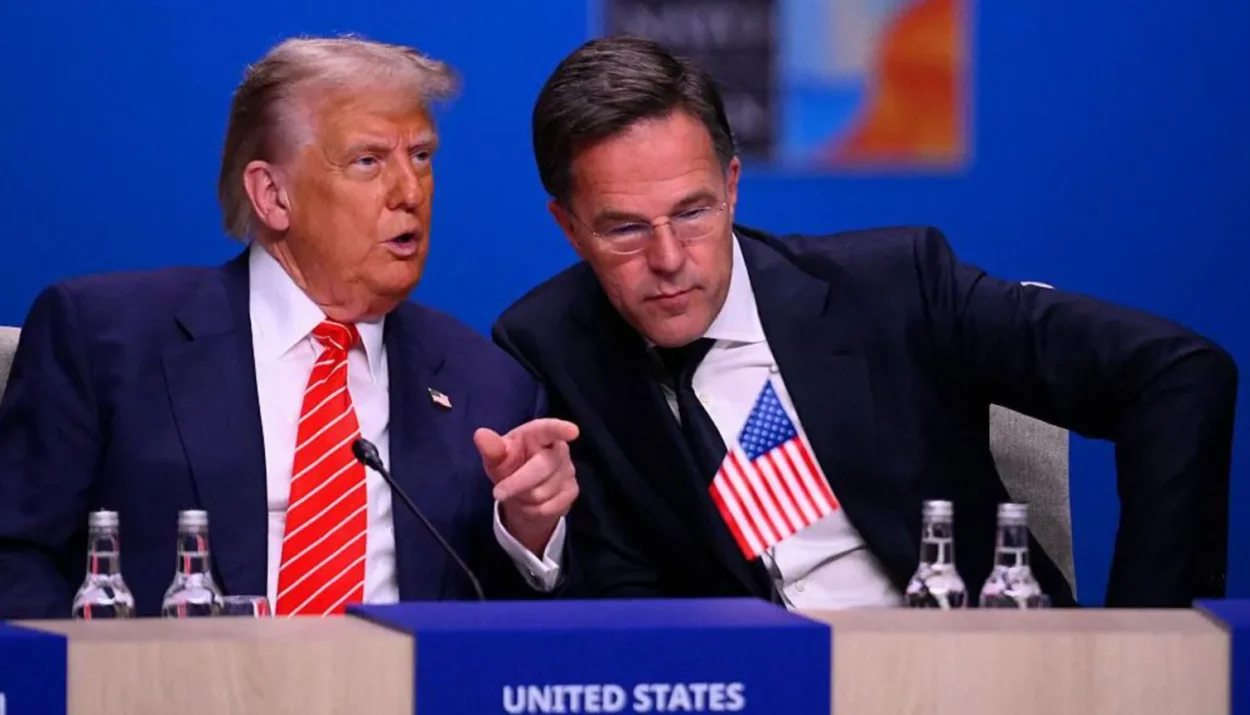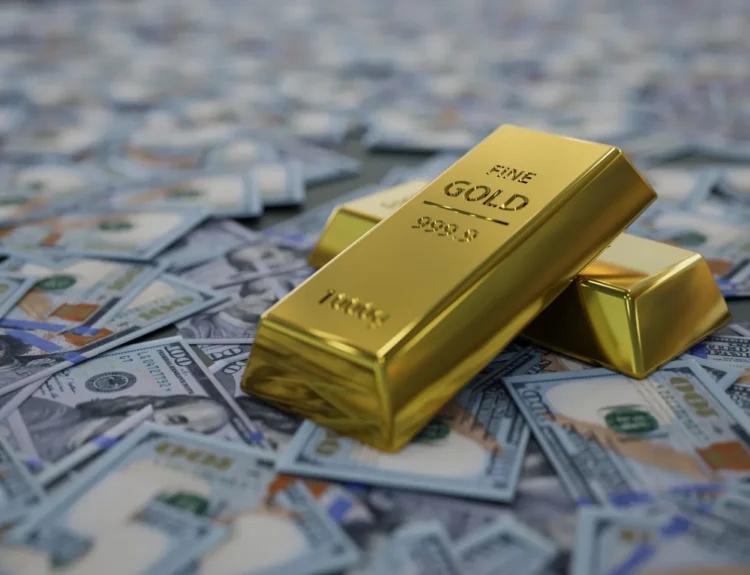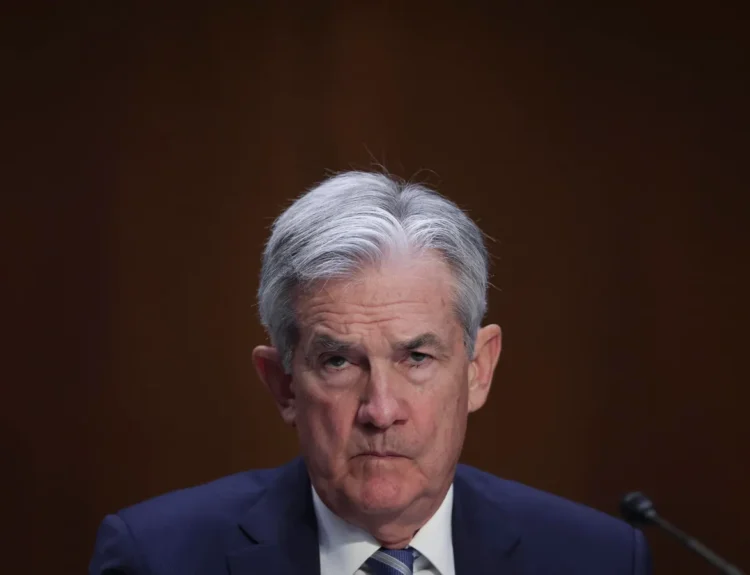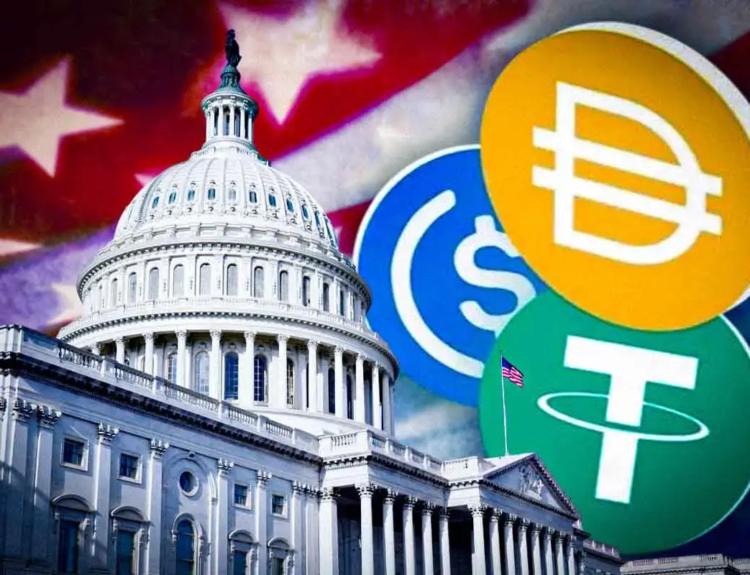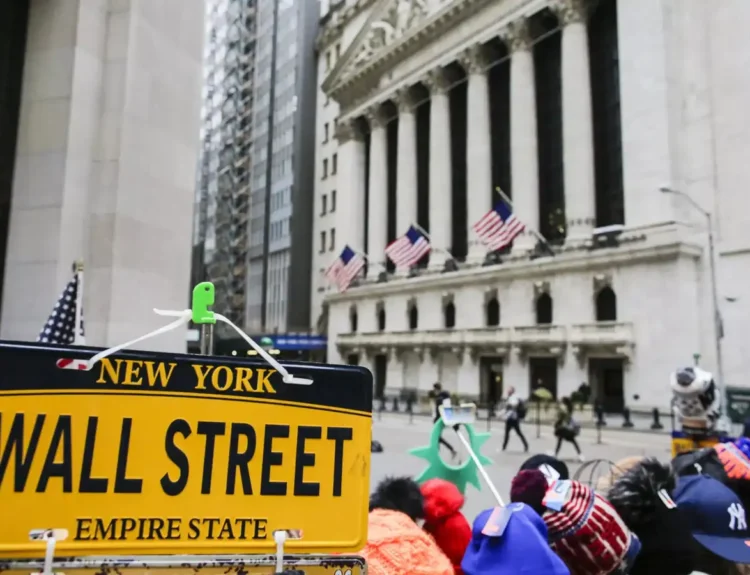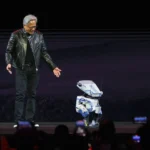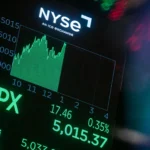NATO leaders have agreed to a major increase in defense spending, committing to raise national military budgets to 5% of GDP by 2035, following persistent pressure from US President Donald Trump. The deal was finalized Wednesday at a summit in The Hague, where leaders framed the pledge as essential to maintaining peace and confronting “profound” global security challenges.
- Trump celebrated the agreement as a “big win for Europe and Western civilisation,” saying it would finally “equalize” defense contributions across the alliance.
- The joint statement cited threats from Russia and terrorism but notably avoided directly condemning Russia’s invasion of Ukraine, unlike past declarations.
Under the plan, 3.5% of GDP will be spent on traditional defense, while the remaining 1.5% will cover broader investments tied to security infrastructure, including cyber defense, energy, and logistics.
Pushback from Spain and Others
Spain, which currently spends 2.1% of GDP on defense, voiced objections ahead of the meeting. Economy Minister Carlos Cuerpo called the 5% target “misguided,” though Prime Minister Pedro Sánchez ultimately signed the final statement, describing it as “realistic” for Spain’s situation.
Other skeptical voices included Belgium and Slovakia, yet both nations fell in line after last-minute negotiations. Belgian Prime Minister Bart de Wever called 3.5% “a realistic goal,” while Slovakia’s President Peter Pellegrini confirmed Bratislava would not oppose the agreement.
Trump Reaffirms NATO Commitment—With a Caveat
Despite previously questioning NATO’s mutual defense clause, Article 5, Trump reassured allies: “I stand with [Article 5], that’s why I’m here.” Still, his earlier remarks referencing “various definitions” of the clause sparked unease among European leaders.
NATO Secretary General Mark Rutte, hosting his first summit in the role, emphasized alliance unity. “This is a stronger, fairer, and more lethal NATO,” Rutte said. “An attack on one is an attack on all.”
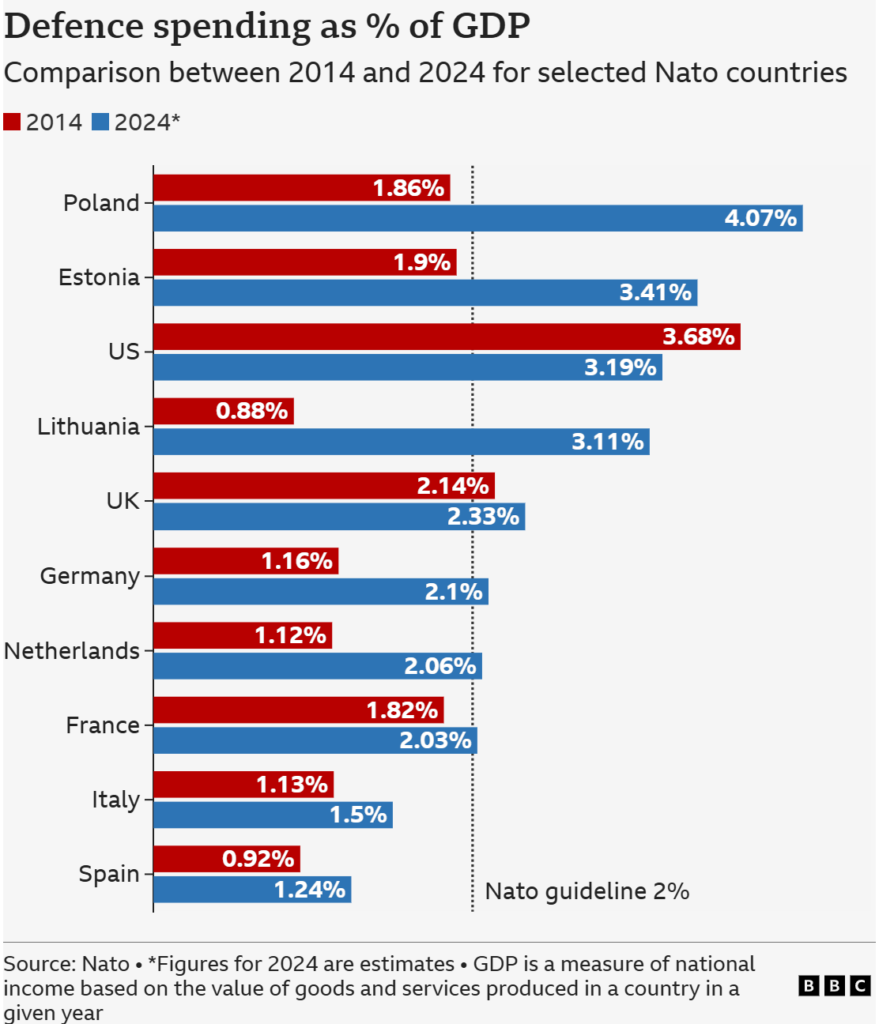

Friction Over Trade and Russia
French President Emmanuel Macron criticized Trump’s ongoing trade tensions with the EU: “We can’t ask allies to spend more on defense and wage a trade war at the same time—it makes no sense.”
Meanwhile, Trump held bilateral talks with Ukrainian President Volodymyr Zelensky, acknowledging that achieving a Ukraine ceasefire is proving “more difficult” than expected. Trump also revealed that Russian President Vladimir Putin had offered help on Iran, to which Trump replied, “Do me a favor, help us on Russia, not Iran.”
NATO’s Future and the Ukraine Pledge
The final communique reaffirmed NATO’s support for Ukraine, noting that direct contributions to Kyiv’s military efforts would now count toward the 5% defense benchmark.
UK Prime Minister Keir Starmer praised the alliance’s direction: “NATO is bigger and stronger than ever. In today’s volatile world, unity is power.”
The short but symbolic summit wrapped with optimism but also with fresh fault lines exposed — from internal EU budget resistance to broader questions about NATO’s long-term cohesion under US leadership.
Disclosure: This article does not represent investment advice. The content and materials featured on this page are for educational purposes only.
Related:
Trump rebukes Israel and Iran hours after ceasefire: Latest Updates
Ceasefire “Now in Effect” as Israel and Iran End 12 Days of War — But Deadly Strikes Continue
Trump Announces Ceasefire Between Israel and Iran
Why Oil Prices Plunged and Stocks Rose After Iran’s Missile Attack on US Bases
Markets Brace for Chaos as Strikes, Inflation, and FED: What to watch this week
Iran–Israel–US Conflict Erupts: Nuclear Strikes, Hormuz Threats, and Global Fallout
US-Iran Conflict Escalates After Strikes on Nuclear Sites: What We Know So Far
